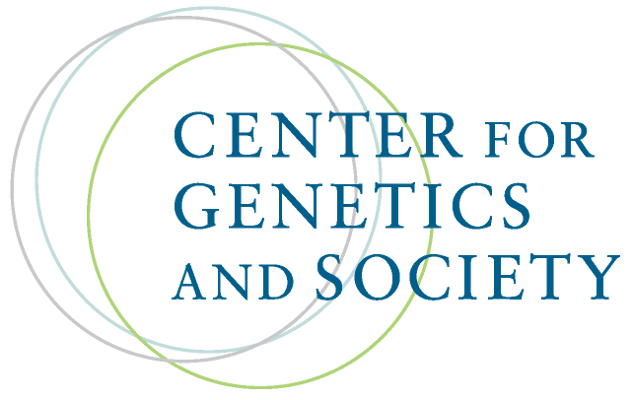Gene Editing: Hope, Hype, and Caution
By Daniel Callahan,
The Hastings Center Bioethics Forum
| 12. 08. 2015
Untitled Document
It was great scientific research that first noted and then carefully followed the steady and dangerous increase of carbon emissions in the atmosphere. It was no less part of the greatness of the research that it weathered its own uncertainty and the organized attacks by those who did not want to hear the bad news. Yet just as the U.N. climate conference was getting underway in Paris, a less noticed scientific event in Washington had reached a conclusion of comparable impact for our human future.
On December 3 the National Academy of Sciences released a statement issued by the International Summit on Human Gene Editing. That Summit brought together representatives of the U.S. Academy, the Chinese Academy of Sciences, and the Royal Society of the U.K. The incentive for the Summit was the development of a new means of gene editing with a technology called CRISPR-Cas9, and research in China using gene editing on human embryos. In the words of the statement gene editing is a technique for “precisely altering genetic sequences in living cells, including those...
Related Articles
By Katherine Long, Ben Foldy, and Lingling Wei, The Wall Street Journal | 12.13.2025
Inside a closed Los Angeles courtroom, something wasn’t right.
Clerks working for family court Judge Amy Pellman were reviewing routine surrogacy petitions when they spotted an unusual pattern: the same name, again and again.
A Chinese billionaire was seeking parental...
By Sarah A. Topol, The New York Times Magazine | 12.14.2025
The women in House 3 rarely had a chance to speak to the women in House 5, but when they did, the things they heard scared them. They didn’t actually know where House 5 was, only that it was huge...
By Courtney Withers and Daryna Zadvirna, ABC News | 12.03.2025
Same-sex couples, single people, transgender and intersex West Australians will be able to access assisted reproductive technology (ART) and surrogacy, almost a decade after reforms were first promised.
The landmark legislation, which removes the requirement for people to demonstrate medical...
By Rachel Hall, The Guardian | 11.20.2025
Couples are needlessly going through IVF because male infertility is under-researched, with the NHS too often failing to diagnose treatable causes, leading experts have said.
Poor understanding among GPs and a lack of specialists and NHS testing means male infertility...



